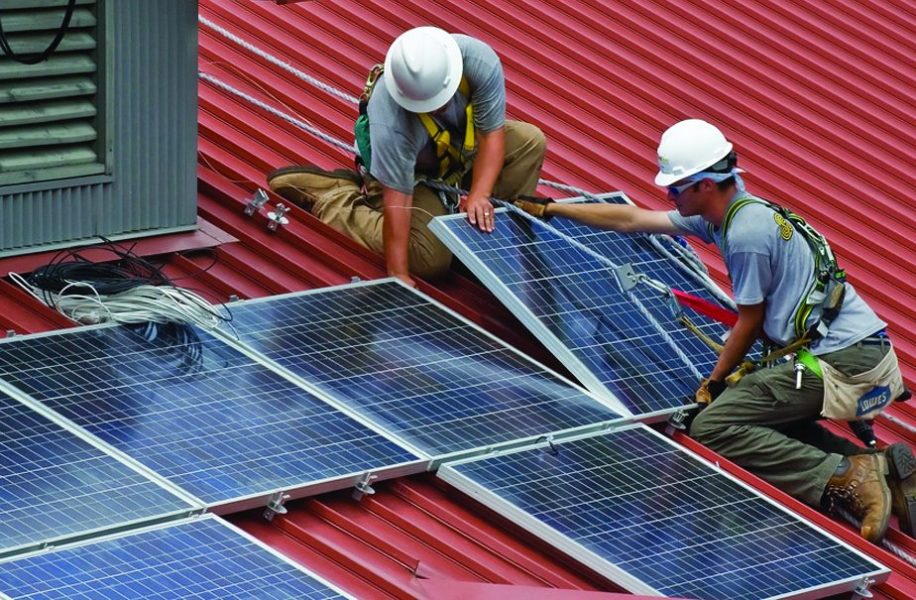Sometimes, the littlest of things can point to the biggest of leaps.
In December 2015, the US Energy Information Administration (EIA) announced a major milestone in the life and times of small-scale solar: the agency would start acknowledging the resource by state in its regular monthly generation and capacity report.
Just imagine that, though. Across the country, enough rooftops had started wearing enough solar hats as to potentially shift the profile of states’ electricity use and needs. A day for the clean energy technology scrapbooks, indeed.
And now, a year and a half later, let last week mark another: EIA stated that it will no longer simply be tallying the resource in its rear-view mirror—the agency will also begin looking out into the future and forecasting just how much small-scale solar it thinks will soon be added to the mix.
From ignored to counted to accounted for, all within a few quick spins around the Sun. They sure do grow up fast.
Getting a handle on small-scale solar
To get at why these milestones are so meaningful, we first need to be clear on what we’re talking about. Here, we’re looking at small-scale solar photovoltaics (PV), also known as rooftop, distributed, behind-the-meter, or customer-sited PV. These resources are typically located on the distribution system at or near a customer’s site of electricity consumption, and can be on rooftops, but aren’t always.
Small-scale solar is also, well, small (at least relative to large-scale solar). EIA uses a ceiling of 1 megawatt (MW) for its tracking, but these types of installations are often much smaller, including residential systems, which are commonly on the order of about 5 kilowatts (kW), or 0.005 MW.
And then there’s this: all that electricity being generated by behind-the-meter resources? It’s usually either partially or entirely “invisible” to the utility.
Enter the EIA.
When what happens behind the meter stays behind the meter
At the outset, the invisibility of these resources doesn’t matter much. By itself, one rooftop system isn’t going to generate all that much electricity, and one rooftop system isn’t going to change how much electricity the utility needs to provide. But as more and more of these small systems are installed, together they can actually start to make a real dent in major system loads.
The result? These little rooftop panels can start to move the planning dial.
EIA’s first action above—estimating the presence and contributions of small-scale solar—helps to shed light on just how much these resources are starting to contribute to the system. Now in a lot of places, it isn’t that much…yet. But thanks to EIA’s second action, there will also now be information to help ensure that policymakers and electricity providers sufficiently account for small-scale solar’s future contributions, too.
Let’s take a look:

Credit: EIA.
See the light yellow section? That’s small-scale solar. Sure, it might look a bit like a pat of butter compared to wind in the early years, but it is certainly growing, and it is certainly not negligible. Because that pat—well, EIA estimates that it totaled 19,467 gigawatthours (GWh) of generation in 2016.
To put that number in context, small-scale solar’s generation totaled more electricity than was consumed in 2015 by the residential sectors of half the states in this country. Well worth taking into account, indeed.
And when we look ahead? Well, the future looks bright and getting brighter for this young solar star. Opportunities for these installation abound, and in this week’s Short-Term Energy Outlook, EIA forecasts clear skies and solar on the rise:

Credit: EIA.
Celebrating the little things for the milestones that they are
So here: a few small announcements from EIA, signalling a few giant leaps for rooftop solar. This PV resource is an incredibly important driver of momentum in the clean energy space, but without information on just how much it’s growing, its benefits and contributions can be undervalued. By shining a light on the progress that has taken place to date—and the progress that is to come—EIA is able to provide vital insights on the significance of the transition underway.

